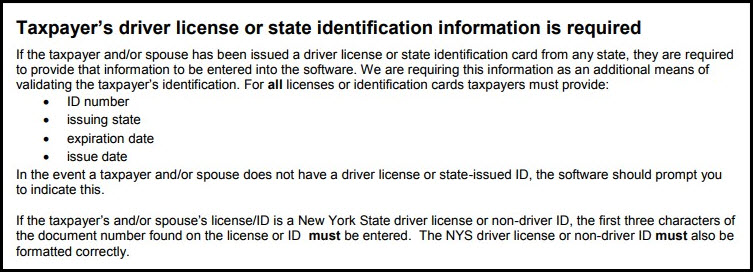
The U.S. Cut Taxes. Why Will Fewer Folks Get…
U.S. taxpayers are filing their first returns under the 2017 tax code overhaul that lowered rates for most people. What makes the paperwork headaches tolerable for many is the promise of a tax refund at the finish line. Yet more taxpayers will end up with no refund, or a smaller one, compared with a year ago, before the lower rates fully took effect. How could that be? The explanation rests with the many other changes that made it into the revised tax code. Some Americans are venting their surprise and anger.
1. What were the other changes? The overhaul pushed through by Trump’s fellow Republicans in Congress did much more than lower rates for individuals and companies. It also eliminated some valuable tax breaks used by taxpayers to trim their bills, enhanced a tax credit bestowed on families with children and created brand-new benefits for certain taxpayers, such as business owners. Many people who live in high tax states, such as New York, New Jersey and California, will be able to write off only a fraction of what they pay in state and local taxes. Someone who travels frequently for work, but doesn’t have mileage covered, could owe more in taxes because there’s no longer a deduction for non-reimbursed business expenses.
2. Then why aren’t there lots more refunds? The Internal Revenue Service offers ongoing guidance to help employees and employers decide how much money to withhold from paychecks so that most income taxes are paid automatically and gradually throughout the year. The shifting tax brackets — they now start at 10 percent and top out at 37 percent for income about $500,000 — plus changes to exemptions, deductions and credits meant that many taxpayers needed to adjust their withholding. But most taxpayers were confused how to do so.
3. What’s the outlook for tax refunds? The IRS expects to issue 105.8 million refunds this year, down 2 percent from last year’s 108.3 million. According to Ernie Tedeschi, a former Treasury Department economist who analyzed the topic for research firm Evercore ISI, many taxpayers with incomes below $100,000 will get their tax cut in the form of a bigger refund, while those with higher incomes got the tax cut in the form of higher paychecks throughout 2018 — and therefore might be expecting refunds that aren’t coming. Analysts anticipate the total dollar amount refunded to be slightly higher, meaning some people will get bigger refunds than in the past. Among them are couples with children, since the standard deductions for filing as a couple, as well as the child tax credit, both almost doubled in the revised tax code.
4. Who won’t be getting a refund at all? More than 30 million Americans — 21 percent of taxpayers — didn’t have enough taken out of their paychecks throughout the year, meaning they will owe the IRS will they file their returns this year, according to a study from the Government Accountability Office. That’s an increase from 18 percent of taxpayers who were under-withheld last year. That means about 5 million people who got a refund last year won’t be getting one this year.
5. What does this mean for consumer spending? Despite fewer tax refunds overall, Wall Street analysts are expecting to see a boost in spending from the lower-income consumers who will benefit from the expansion of the child tax credit. Middle-income households, those earning from $55,000 to $75,000 a year, will also see benefits, with as much as half of their tax-cut bounty showing up in refunds, Wells Fargo said. The tax-cut sugar high could be short lived, however, the Congressional Budget Office said the effects of the tax cuts are set to wane in the coming quarters.
6. What are the political ramifications of this? Fewer people getting refunds will give U.S. Democrats, who now hold a majority in the House of Representatives, an opening to question how much the tax law benefited the middle class. Only about 45 percent of voters approve of the tax cut, according to recent polls, and many Republicans in high-tax states already lost their seats in the 2018 midterm elections due to the changes in the deductibility of state and local taxes. Looking ahead to the 2020 presidential election, dissatisfaction with the tax law gives Democrats an opening to promise tax changes of their own, ones that favor the middle class at the expense of the wealthy.

